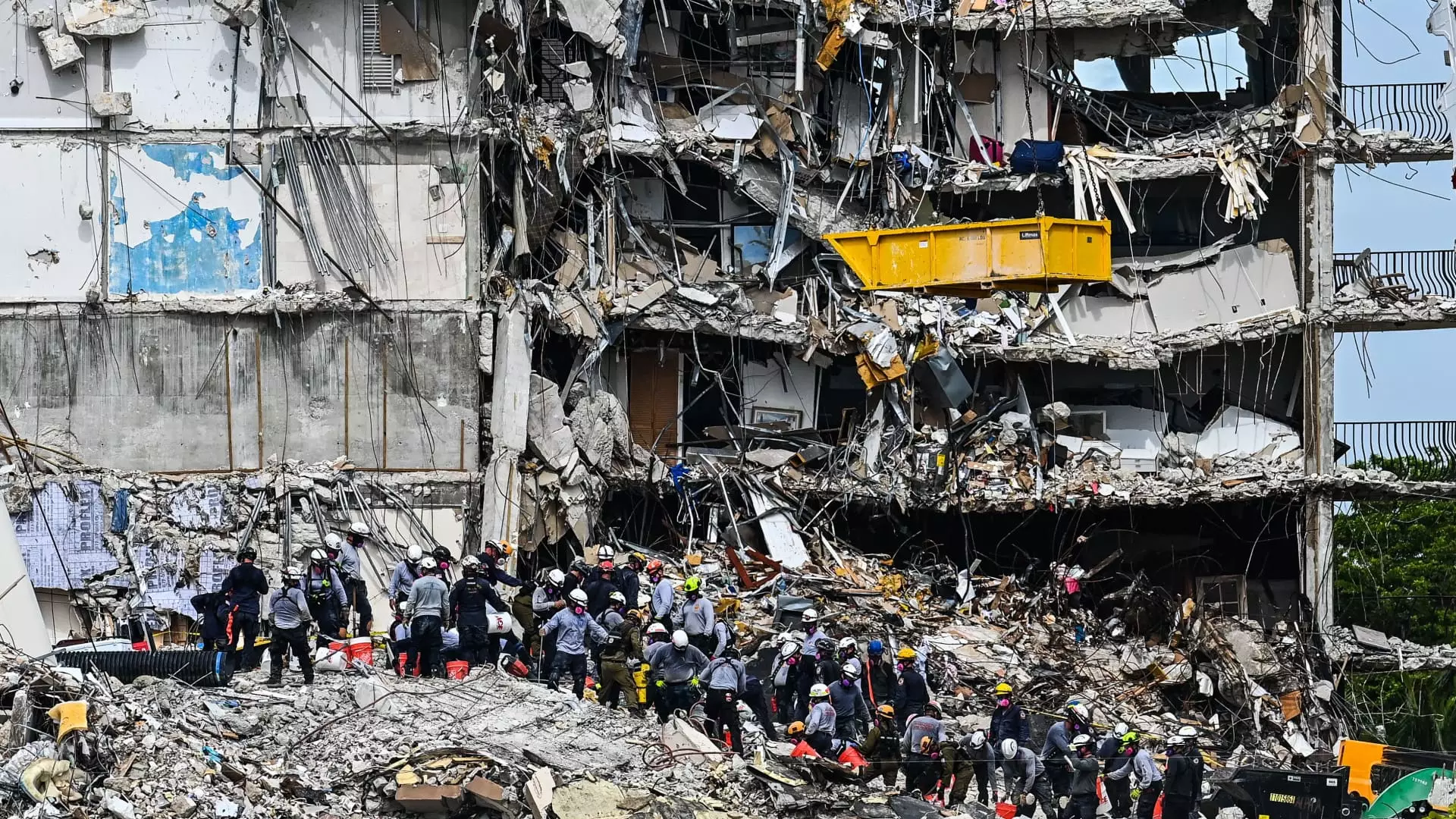The tragic collapse of the Champlain Towers in Surfside, Florida, in 2021 served as a piercing wake-up call for the state’s condominium community. It initiated a series of legislative reforms aimed at enhancing safety measures and restoring confidence among the stakeholders involved in the condominium sector. However, these reforms imposed an array of financial burdens on property owners, particularly in structures that have aged beyond thirty years. As the deadline for compliance approaches, we are witnessing an increasingly disheartening scenario—dubbed the “condo cliff”—that could cripple thousands of homeowners, especially retirees living on fixed incomes.
In response to the tragic event, Florida lawmakers called for stricter regulations around older condominiums. These regulations demand thorough inspections, urgent repairs, and establishment of reserve funds to ensure ongoing maintenance. With around a million units facing these new requirements, the financial implications are monumental. Many building associations must shoulder costs in the millions, creating a crisis for property owners who may already be financially vulnerable.
The requirement for special assessments has intensified the burden on unit owners. As costs fluctuate due to extensive repairs—sometimes amounting to $200,000 per unit—many condominium associations are navigating uncharted waters, often reluctant to confront the true scale of the expenses. Homeowners are left scrambling for options or considering distress sales, as they grapple with looming financial obligations that could alter their quality of life and potentially lead to foreclosures.
In a broader market analysis, real estate expert Peter Zalewski has drawn parallels between the current situation and the aftermath of the Great Recession, labeling many of the older condominium units as “zombie buildings.” This term suggests a landscape where a small group of owners may bear the weight of significant financial responsibilities while others either cannot or choose not to participate in rectifying the issues.
As of now, three-quarters of condo units for sale in South Florida are vulnerable to these new regulations, leading to a 21.5% decline in sales activity this past summer compared to the previous year. The situation is exacerbated by a surge in available listings—an increase of 60% in the third quarter alone—and a dip in average prices. With many owners struggling to meet the new assessment costs, some may choose to abandon their units altogether, leading to potentially devastating consequences for the entire condominium market.
As the January deadline approaches, many condo boards have yet to reveal the complete financial implications of these newly mandated assessments. This delay in transparency leaves unit owners in a state of anxiety, anticipating the arrival of the financial “booklets” detailing their new obligations. Observers like Zalewski describe this moment as “the calm before the storm,” as many homeowners are ill-prepared for the approaching wave of financial demands.
In September 2023, Governor Ron DeSantis recognized the urgency of the situation by calling for a special legislative session; however, leaders opted to postpone discussions until 2025, citing a need for a better grasp on the financial landscape involved. This decision has left beleaguered condo owners in limbo, unsure of their future.
Current market dynamics reveal a severely constricted pool of potential buyers. Many sellers face an untenable choice: pay for costly assessments upfront or significantly reduce their asking prices to attract buyers. The outlook appears bleak, but some property owners are finding a glimmer of hope by seeking out investors willing to buy distressed properties. There are reports, for instance, of the Bay Garden Manor condo being slated for acquisition and demolition in favor of luxury waterfront developments.
Although foreclosures and short sales are yet to become widespread, a significant shift in investor behavior is evident. Local real estate agents note that many investors are on the lookout for desirable locations, which may lead to a selective buying spree that ultimately transforms the market.
The developments in the South Florida condominium market underscore a complicated interplay between safety regulations and financial realities, prompting a wave of uncertainty among homeowners and potential investors alike. As the countdown to compliance continues, we are left to ponder how the realities of condo ownership will reshape the landscape of affordable living in the coming years. The responses from legislators and the actions of property owners will determine not only the viability of countless buildings but also the broader implications for housing equity and community stability in South Florida.

